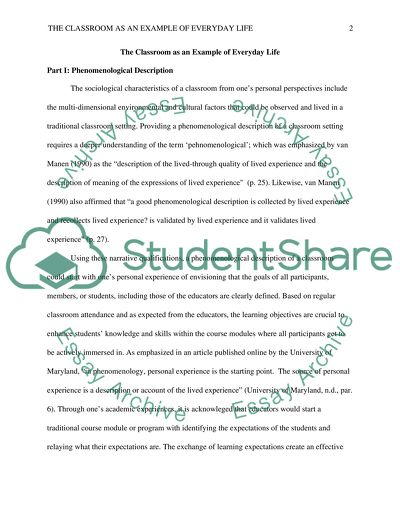Cite this document
(“Case study 1 Essay Example | Topics and Well Written Essays - 1000 words”, n.d.)
Retrieved from https://studentshare.org/sociology/1467542-case-study
Retrieved from https://studentshare.org/sociology/1467542-case-study
(Case Study 1 Essay Example | Topics and Well Written Essays - 1000 Words)
https://studentshare.org/sociology/1467542-case-study.
https://studentshare.org/sociology/1467542-case-study.
“Case Study 1 Essay Example | Topics and Well Written Essays - 1000 Words”, n.d. https://studentshare.org/sociology/1467542-case-study.


